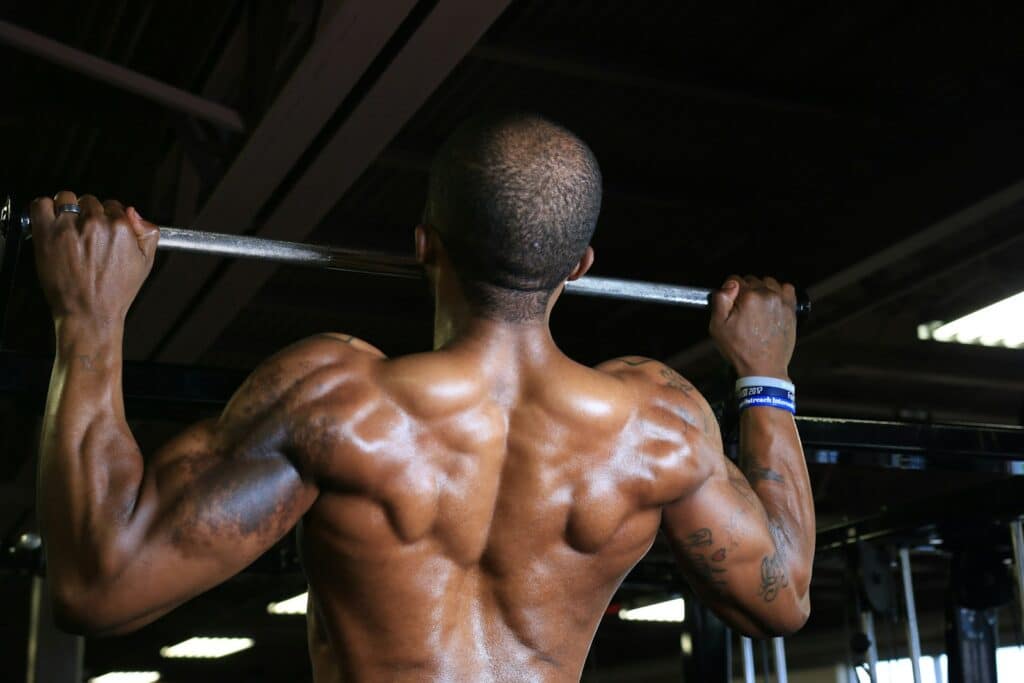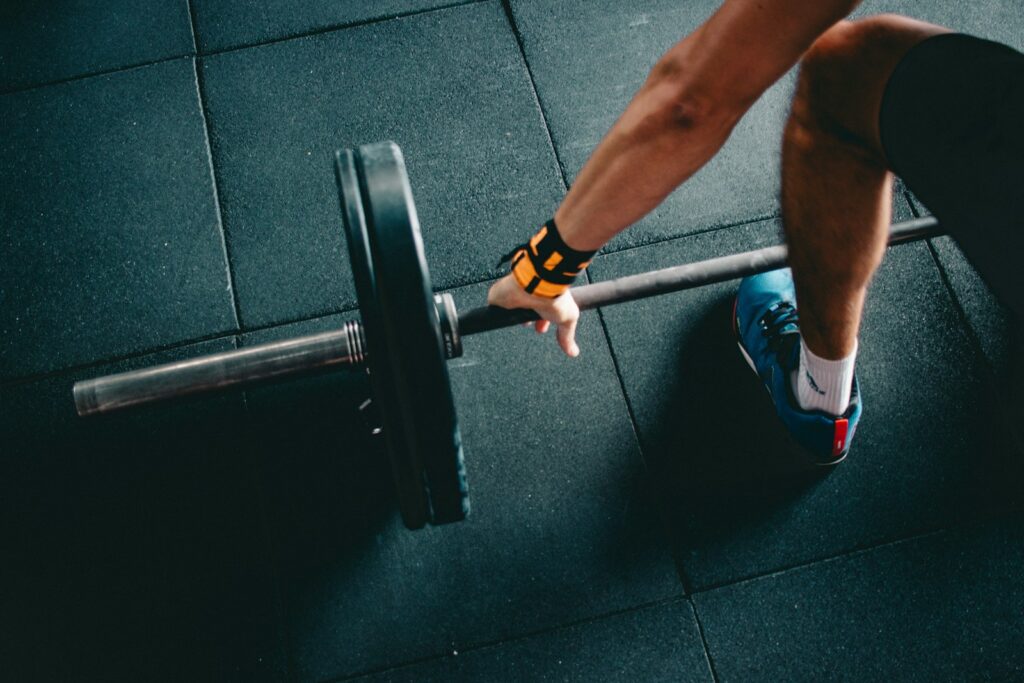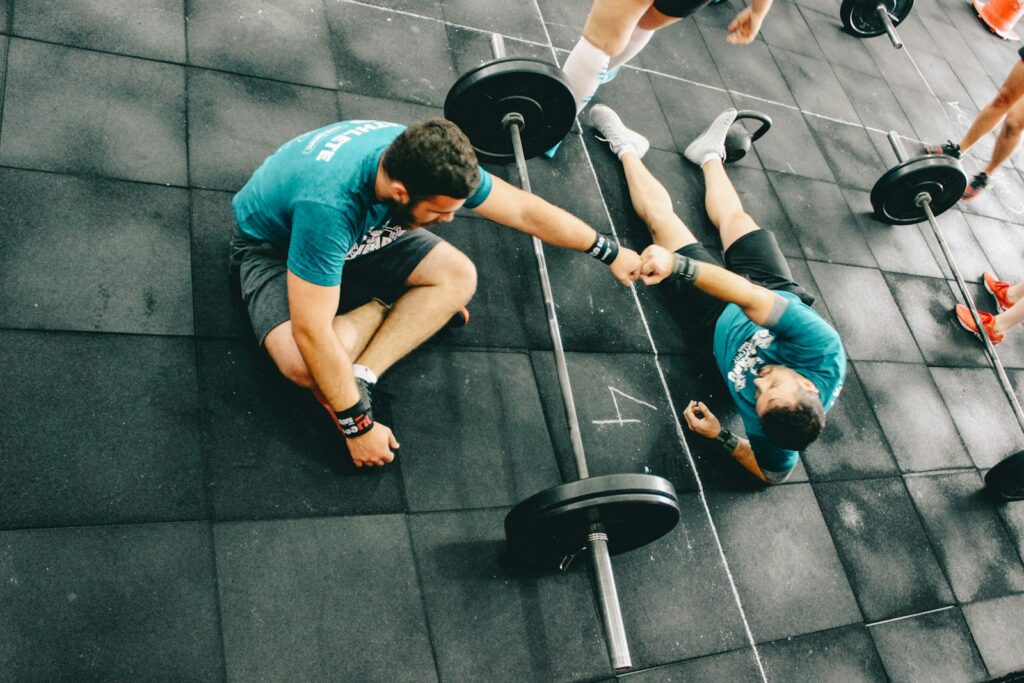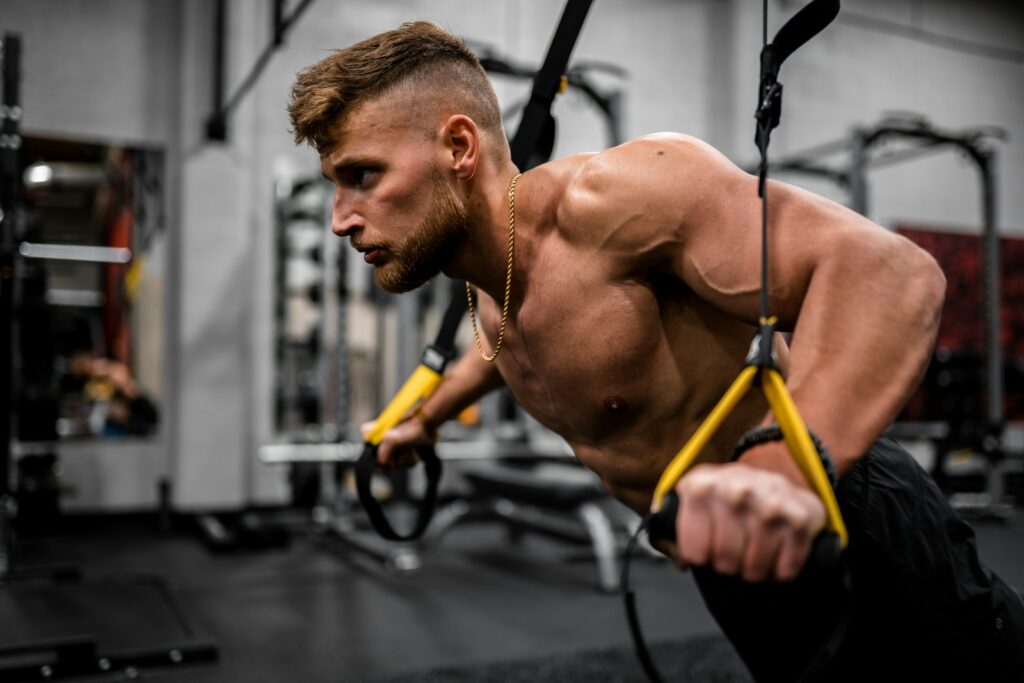Introduction
Hi, I’m Sho!
In Functional Fitness competitions, success requires much more than just strength—you need endurance, agility, power, balance, and skill. However, as a training enthusiast, you probably also have the desire to build muscle. Many of us want to engage in bodybuilding while maintaining or even improving our ability to move efficiently.
Promoting hypertrophy while maintaining the fitness level needed for competition is not easy. In this article, I’ll break down training methods, balancing intensity and volume, and key points to consider for building muscle while excelling in Functional Fitness competitions.

1. The Importance of Balancing Hypertrophy and Functional Fitness
In Functional Fitness competitions, simply gaining muscle mass is not enough—you need to develop muscles that can move efficiently. Excessive hypertrophy can lead to certain drawbacks, such as:
- Decreased endurance: Larger muscles consume more oxygen, which can negatively impact endurance.
- Reduced flexibility: Muscle tightness can limit range of motion and hinder movement efficiency.
- Disrupted functional movement: If certain muscle groups grow disproportionately, complex movements may become inefficient, making it harder to execute smooth and coordinated motions.
Because of these potential issues, it’s essential to develop a training strategy that balances muscle hypertrophy with endurance and overall functional movement.
2. Training Strategy
2.1 Weight and Rep Ranges for Hypertrophy and Performance
To build muscle while excelling in Functional Fitness, you need a strategic approach to load management and exercise selection.
Basic Load and Rep Ranges for Balancing Strength & Hypertrophy
| Training Focus | Load (%1RM) | Reps per Set | Sets |
|---|---|---|---|
| Max Strength | 85–100% | 1–5 reps | 4–6 sets |
| Hypertrophy | 65–85% | 6–12 reps | 3–5 sets |
| Muscular Endurance | 40–65% | 12–20+ reps | 2–4 sets |
Studies have shown that hypertrophy can be achieved across a wide range of rep schemes, as long as sets are taken to failure. While the traditional 6–12 rep range is considered optimal for muscle growth, research suggests that as long as you push your sets to the limit, other rep ranges can also lead to hypertrophy.
This means that structuring multiple sets of hypertrophy-focused training combined with strength or endurance-focused rep ranges could be a smart approach. However, excessively reducing the weight might lead to inefficiency, so your approach should also depend on how much time you can dedicate to training.
2.2 Integrating Functional Training
Since Functional Fitness competitions require more than just strength, your training plan must include high-intensity aerobic conditioning and power development.
Olympic Weightlifting (Power Development)
- Perform cleans and snatches at 75–90% 1RM for 3–5 reps
- Train twice a week, focusing on speed and technique

Combining Strength & Endurance Training
- Perform moderate-to-light weight squats or deadlifts, followed by circuit training with a bike or rower
- Example:
- 10 deadlifts at 60% 1RM → 30-sec bike sprint → 60-sec rest × 4 rounds
- This interval-style workout enhances both cardiovascular fitness and muscular endurance.
Super Sets & Giant Sets for Endurance Development
- Example:
- 6 reps bench press (75% 1RM) → 12 pull-ups → 20-sec bike sprint (performed continuously)
- This method engages multiple muscle groups while also improving cardiovascular endurance.
EMOM (Every Minute on the Minute) for Intensity Regulation
- Example:
- Deadlift 5 reps (70% 1RM) → 10-sec bike sprint, repeated every minute for 10 minutes.
- This incorporates short bursts of high-intensity effort to mimic competition pacing.

2.3 Aerobic vs. Anaerobic Training Frequency & Intensity
Building endurance is essential for Functional Fitness competitions. Alongside hypertrophy training, you need to incorporate both aerobic and anaerobic workouts.
Aerobic Training (Cardiovascular Endurance)
- 1–2 sessions per week, performed at moderate to high intensity (70–85% HR max) for 40–60 minutes
- Examples:
- Long-distance running, swimming, rowing
- Caution:
- Excessive aerobic training can hinder hypertrophy, so you need to balance volume carefully.
Anaerobic Training (Sprints & HIIT)
- 2–3 sessions per week, focusing on high-intensity interval training (HIIT)
- Example:
- 30-sec all-out sprint + 30-sec rest × 8 sets
- This method improves both strength and endurance while maximizing calorie expenditure.
3. Key Considerations
3.1 Avoiding Overtraining
Excessive high-intensity training can lead to diminished progress. Overloading your system with heavy lifting (85%+ 1RM) and high-intensity sprint workouts can cause fatigue, impairing muscle growth and endurance gains.
A recommended strategy:
- Use moderate loads (10–15RM) with high volume (e.g., 30-min AMRAP workouts).
- This allows for muscle growth, endurance improvement, and cardiovascular conditioning without excessive neural fatigue.
- Schedule 1–2 lighter training or rest days per week.
3.2 Maintaining Proper Form & Full Range of Motion
Chasing heavier weights can lead to poor technique and increased injury risk. It’s better to prioritize proper form with submaximal loads rather than constantly pushing for a higher 1RM.
A practical approach:
- Train at 1–2 RIR (Reps in Reserve) to maintain proper form
- Periodically reassess form and movement efficiency instead of blindly increasing weight

3.3 Prioritizing Skill Training
In Functional Fitness competitions, technical skills are just as important as raw strength.
- Weightlifting and gymnastics skills (muscle-ups, handstand walks) require dedicated practice.
- Efficient movement is key to sustaining reps with less fatigue.
My training philosophy:
- Even after mastering a movement (e.g., bar muscle-ups), continue practicing foundational drills.
- Skill execution tends to deteriorate over time, so returning to the basics helps maintain efficiency.
Read more
Master CrossFit Movements with Scientific Techniques
Conclusion
To succeed in Functional Fitness competitions, you need more than just hypertrophy—you must build muscles that move efficiently.
✅ Optimize weight & rep ranges to balance hypertrophy with functional strength
✅ Integrate aerobic & anaerobic training to enhance endurance and power
✅ Include skill training to improve movement efficiency and prevent injuries
By following these strategies, you can effectively train for muscle growth while staying competitive in Functional Fitness.
Further Learning & Practical Implementation
To improve your Functional Fitness performance, you also need a well-structured program and optimized competition strategies.
I’ll be covering more details on programming and competition-specific tactics in upcoming articles, so stay tuned!
🔥 Want to enhance your Functional Fitness training? Check out my other articles on skill development and programming!

Pingback: CrossFit + Bodybuilding: Can You Combine Both?
Pingback: Best Set Volume & Frequency for Muscle Growth and Strength